Advice about risk management that you never knew!


You see the term "risk management" everywhere. The majority are constantly talking about risk management, capital management, trading psychology, and things like that. But what is risk management? Is it important? What process is taking place that makes 95% of traders lose? This big losing population of about 2 million people, are they all stupid or are we, who intend to be successful in trading, much smarter than them?
I, Hossein Taheri, a forex market trader, will answer these questions. Stay tuned.
This article is different from other articles. It has neither a table of contents nor an introduction. Let's go straight to the point.
Entering the trading world
Everything starts with a dream. Probably, you have entered the exciting trading world for some time by persuading one of your friends or watching Instagram clips, and you intend to achieve your dreams by trading in the financial markets (forex or cryptocurrency) and, as the package sellers say, check off your goals. You get training in a few weeks and start trading with a small trading account.
Of course, maybe you are also a cautious person, and before starting real trading, you practice for a few weeks in demo accounts. Anyway, with a small trading account, you start trading, and you lose the account after a while with a few mistakes. The trading account is small, and you blame your lack of experience. Again, you train for a few days to a few weeks. You start searching on Google. You visit Instagram pages and even participate in some online courses. You order trading books and start studying things that are generally in the technical analysis field. You top-up another account, and you make a profit for a while, the number of your profitable trades is much higher than before, but suddenly in one day, you lose the whole account or a large part of the account. Again, you spend a few days looking for a profitable strategy and find or create an interesting and creative strategy (and it feels special that you are the only person in the world who came up with such a creative idea). You feel amazing. You have reached the peak of hope from despair. After a few days, you check the new method by moving the price chart left and right making sure that it is profitable (but not knowing that you have confirmation bias), and charge a new account. You will make a profit for a while, but in one day, you will lose the entire account. Again, disappointment comes to you. You stop trading for a few days and then start looking for a new trading method. Now you are involved in a vicious cycle that may continue for years and will lead you from despair to hope and from hope and euphoria to despair and depression. Meanwhile, it is only the package sellers who profit from the trading addiction and sell you ineffective but promising courses.
Please stop this vicious cycle. Stop looking for profitable strategies, and first let's examine the process that is going on behind all these events. Then we will talk about solutions.
Trading psychology
First of all, as an experience of many years, I must say:
The market is a teacher who tries to teach you the worst lessons.
After we enter a trade, there are no more than two states, in the first state, the trade enters profit and because in real life, we learned to receive immediate rewards as kids, we have a strong desire to close the trade in profit quickly and to receive some sort of reward for our efforts, so most of the time, our average profitable trades are very low, but their number is very high.
The idea that by closing profitable trades, you will never go bankrupt is true. But even with small profits, you will never become rich.
In the second case, our trade will incur a loss, and since in real life, no one accepts their mistakes easily, we do not close the trade and wait until the price returns and the transaction enters profit. Since the market suffers 80% of the time, this happens either unfortunately or fortunately (fortunately because our trade is in profit and unfortunately because we are learning the most dangerous trading habit), and after the trade enters the profit, according to the topic we discussed in the first case, in case of low profit, we will close the trade immediately, and will be happy that we did well that we were patient in the loss and finally exited with a profit. Further, this happens several times and we take small profits and wait until the price returns and close the trade with a small profit. Little by little, we learn to increase our trading volume at a loss (reducing the average in losing trades), and with the price return, we will make a little more profit or our trade will enter into profit sooner. This is why all traders fail in the forex market. If you are a losing trader (which there’s a 95% chance you are), after reading this article, check your trading account history and compare your average profits with your average losses. You will see that your average losses are much higher than your average gains. While your average profits should be at least double your average losses. The number of profitable trades is not important. The average is important.
The promised day comes
The market is suffering only 80% of the time and the day it starts the main movement, there are still two situations, either we have opened a trade in the movement direction or we have a trade against the direction. In the first case, we are still satisfied with the low profit and try to get our reward quickly by closing the trade early. In the second case, we have a trade in the opposite direction, and because in the days when the market was ranging, we learned that if we are patient, the price will return, and the transaction will enter into profit, we will also wait. (That's why I said that the market is a teacher who tries to teach us the worst lessons) but today, unfortunately, the market is no longer ranging, and the price is not going to return, further, because we received a bit of a shock, we added volume to a loss several times, but it is useless, and we lost the whole account. That is where the difference between a professional trader and a losing trader becomes apparent. The professional trader does not add volume to a loss and is very patient in a profit, but a losing trader adds volume to a loss, hopes for the price to return, and waits until the account becomes zero. On the market’s trending days, exactly where you close your profitable trades, professional traders are adding volume to their trades. In other words:
A professional trader has a fear of loss and hope for profit.
A beginner trader has a fear of profit and a hope of loss.


What we need to know
- We don't lose to forex, we lose to our emotions.
- We lose our trading account simply because we have waited too long at a loss or added volume.
- We are losers in forex because our average profits are much lower than our average losses.
- We are losers in forex because we don't want to admit our mistake and we don't close the trade at a loss.
- We are losers in forex because we are satisfied with low profits.
- Trading strategy is not the cause of our success, it is self-knowledge and control of emotions that will cause our success.
- If you don't understand this process, you will undoubtedly be a loser forever in the forex market.
- There is no trading holy grail in the market. The market has no special secrets.


Read More: Grave trading mistakes in the Forex and financial markets that waste your capital
But what is the solution?
All these are solutions and rules you need to know as a professional trader. These rules are simple but very practical and will guarantee your survival in the market:
Start trading with a real account only until you make a stable profit (at least 6 months) on the demo account. The reality is that many people don't even make a profit on a demo account, but start real trading.
Never increase your trading volume at a loss.
You are only allowed to add profit to your trading volume.
Always use an automatic stop-loss. Don't expect to close the trade manually. When the price reaches your exit point, if you don't have an automatic stop loss, it is mentally difficult to manually exit the trade.
Prepare your trading strategy in writing and write down all the rules. Because during live trading, you don't have the ability and opportunity to think. You just need to run the pre-prepared algorithm.
Determine the risk percentage for each trade before starting trading and when formulating your trading strategy. For example, for each trade, do not risk more than 2% of your total capital, and if your capital is $1000 and your risk is 2%, the capital involved will be $20 per position. You should never exceed the ratio you set and increase the risk of a particular trade.
Set your daily stop-loss. For example, if your daily stop-loss is $60, once you reach this number, you should stop trading until the next day. It is better to take a break from the chart and spend time clearing your mind to prepare for the next day's trades.
A useful way to manage trades is to start with a very low volume and add to your trades if the trade moves in your favor. This is what professional traders are good at.
The result of your current transaction has nothing to do with the result of your previous transaction. The fact that it is tails in the first 100 times of coin toss, there is no guarantee that it will be tails in the 101st time as well. Or we think that because there are a lot of tails, then head must come next.
The fact is that many traders get worse results than a random trader.
Don't touch your stop-loss.
Avoid placing a stop-loss near the entry point. This is a common mistake made by novice traders. These people, who are only afraid of losing capital, place the stop-loss near the entry point to reduce the loss, and usually, their stop-loss is activated immediately. The right stop-loss should be chosen based on a detailed trading strategy, not based on your fear or greed.
Do not try to take revenge on the market. Never increase your trading volume after losing a few trades in a row.
Know the trading symbol and the market in which you intend to trade well. Each market has its features. Trading the gold symbol (XAUUSD) is different from trading the stock index market like the Dow Jones.
Always check the economic calendar from reputable sites like Forex Factory and avoid trading when important news is announced, such as NFP data, GDP, CPI, etc. At the time of these data releases, we see high and unpredictable fluctuations in the market, and even at times the automatic stop-loss is activated by a large difference.
Try to use higher timeframes and make long-term trades. Especially at the beginning of your trading activity.
Make sure to use fundamental analysis and be fully aware of the market conditions. Follow the major central banks.
Even the biggest traders make losses, so don't look for a system for absolute profitability.
Technical analysis is only 20% of trading. Technical analysis is not science.
The trade entry point is not important. The starting point is important. However retail traders have been searching for years to find the best and most accurate entry point.
Summary
Try to reduce your trading volume, or don't trade on the days when the market is ranging, the ranging market is too complicated to easily sell at the top and buy at the bottom. As a professional trader, you need to make a good profit on days when the market starts its main movement because if you can't make a profit on such days, you will not be a successful trader after all. I felt good about writing this article, and hope it will be helpful for you and help you succeed in the trading world.
پست مرتبط
پربازدیدترین ها









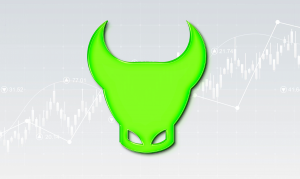
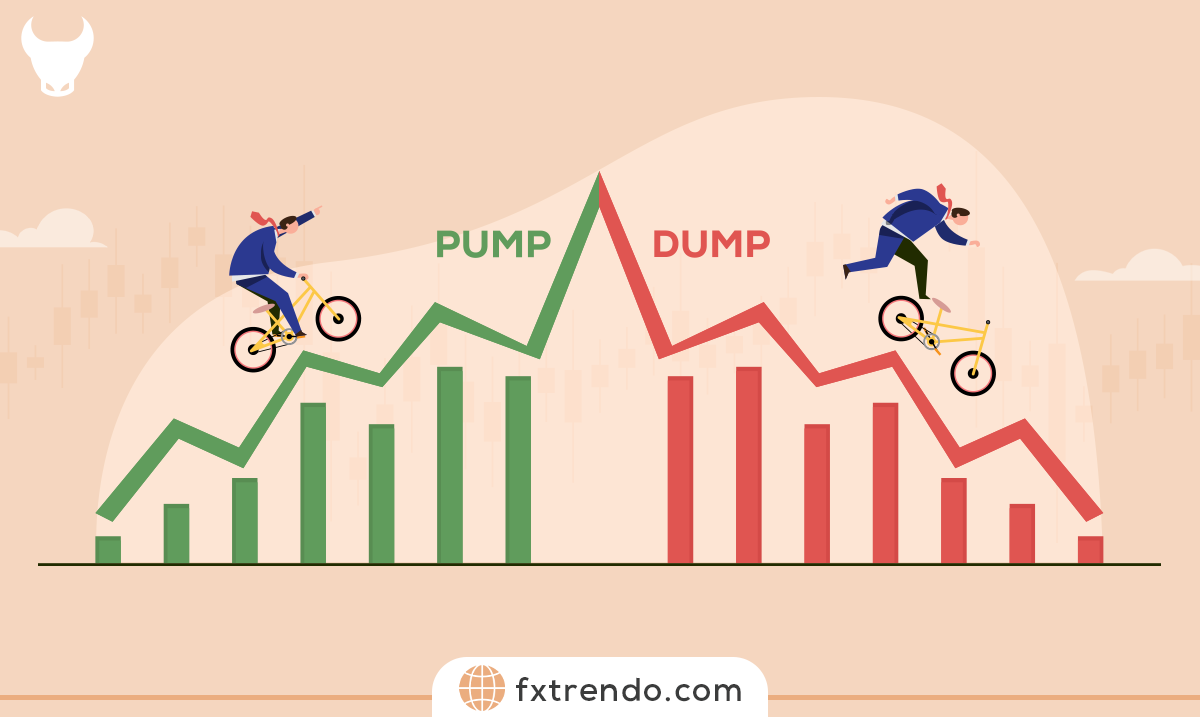

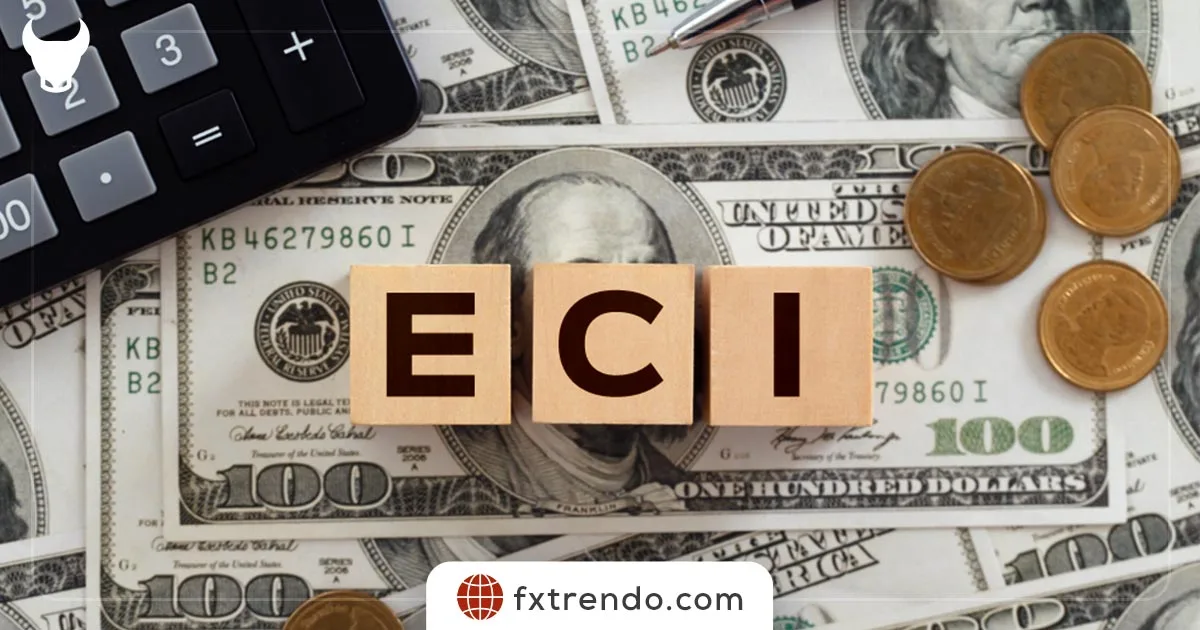

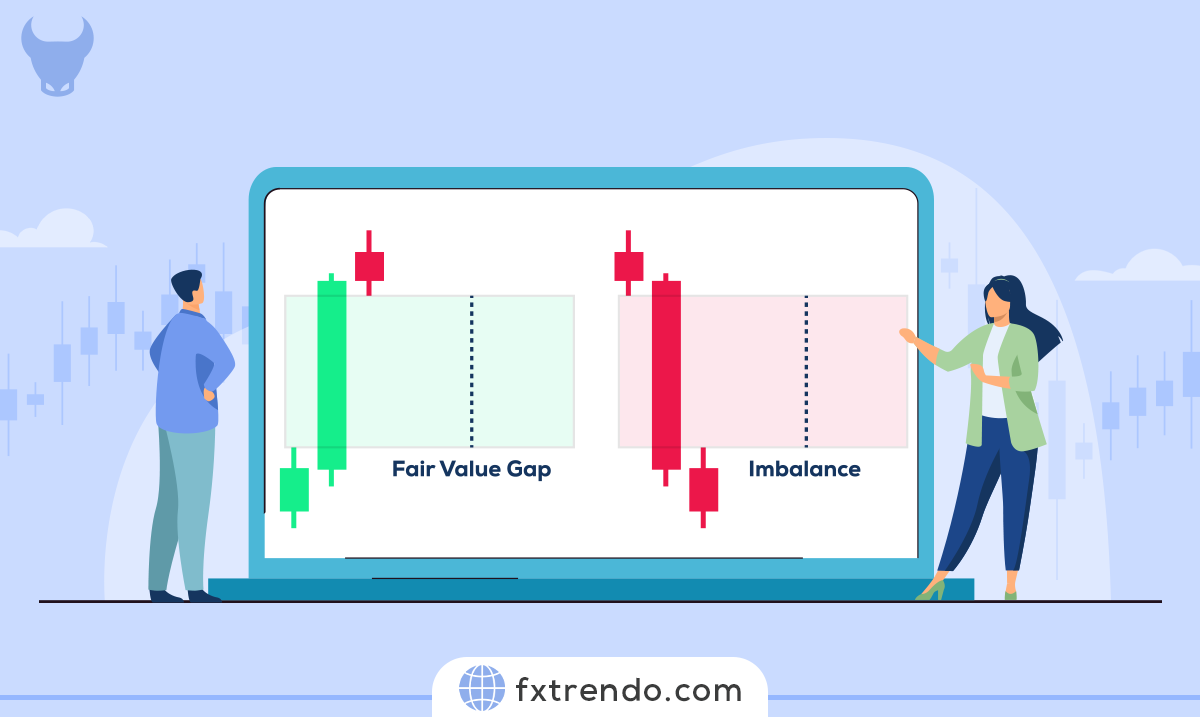
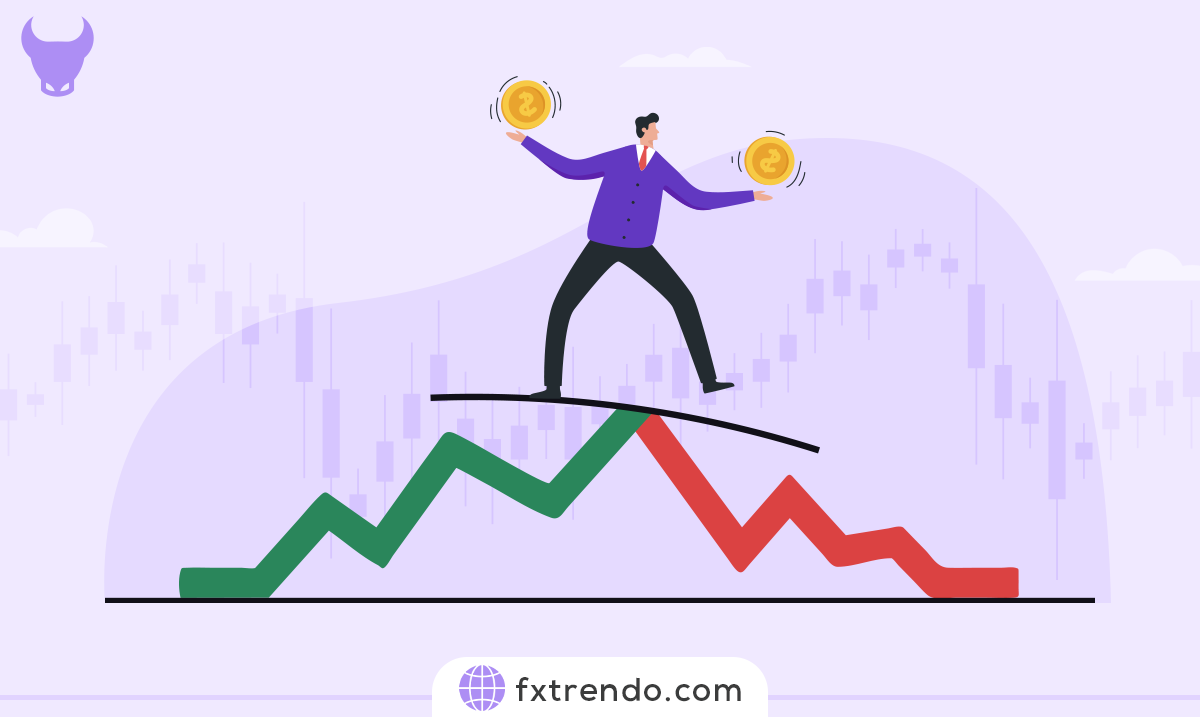
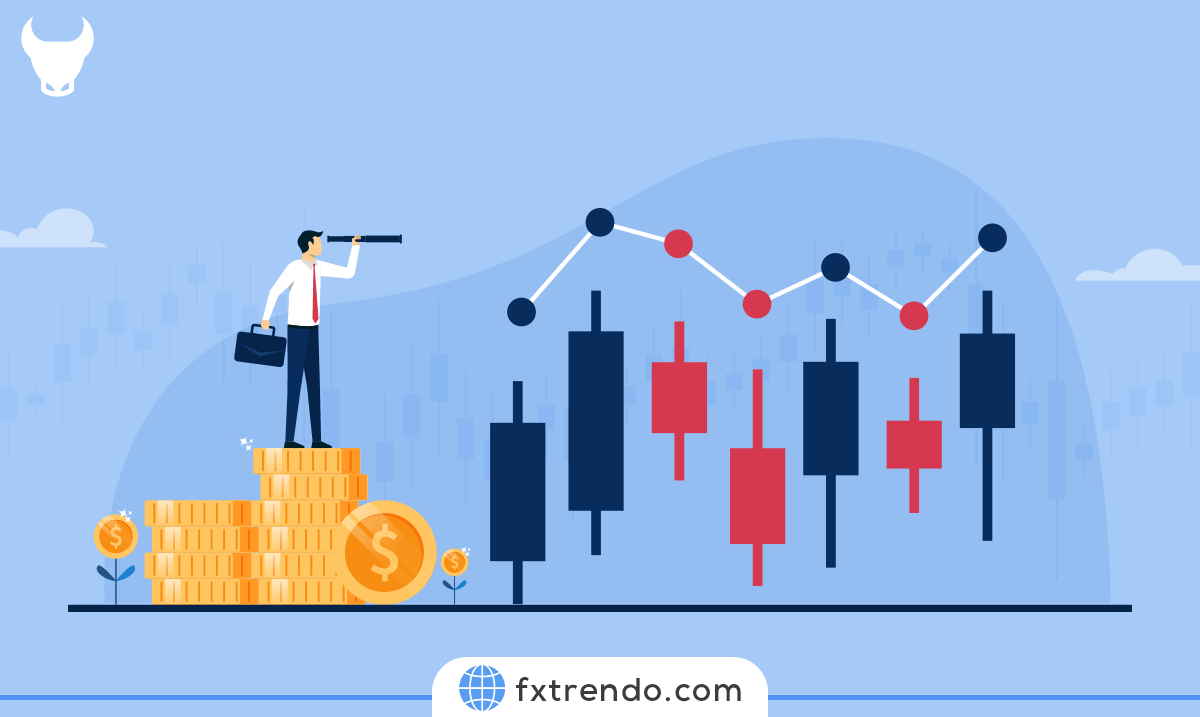
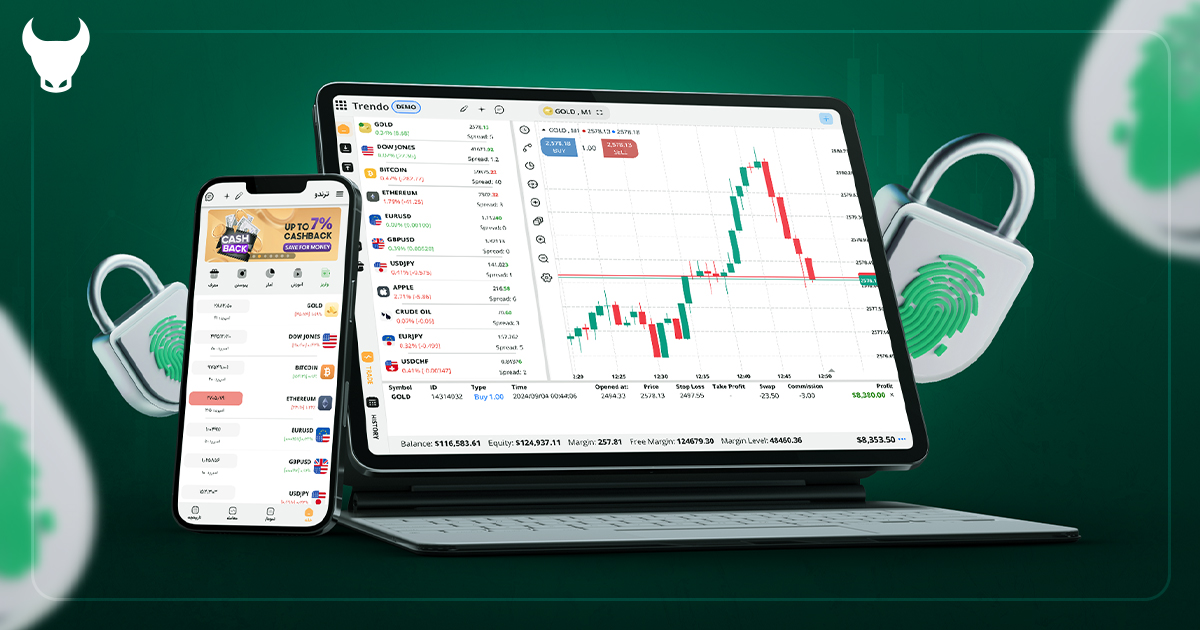
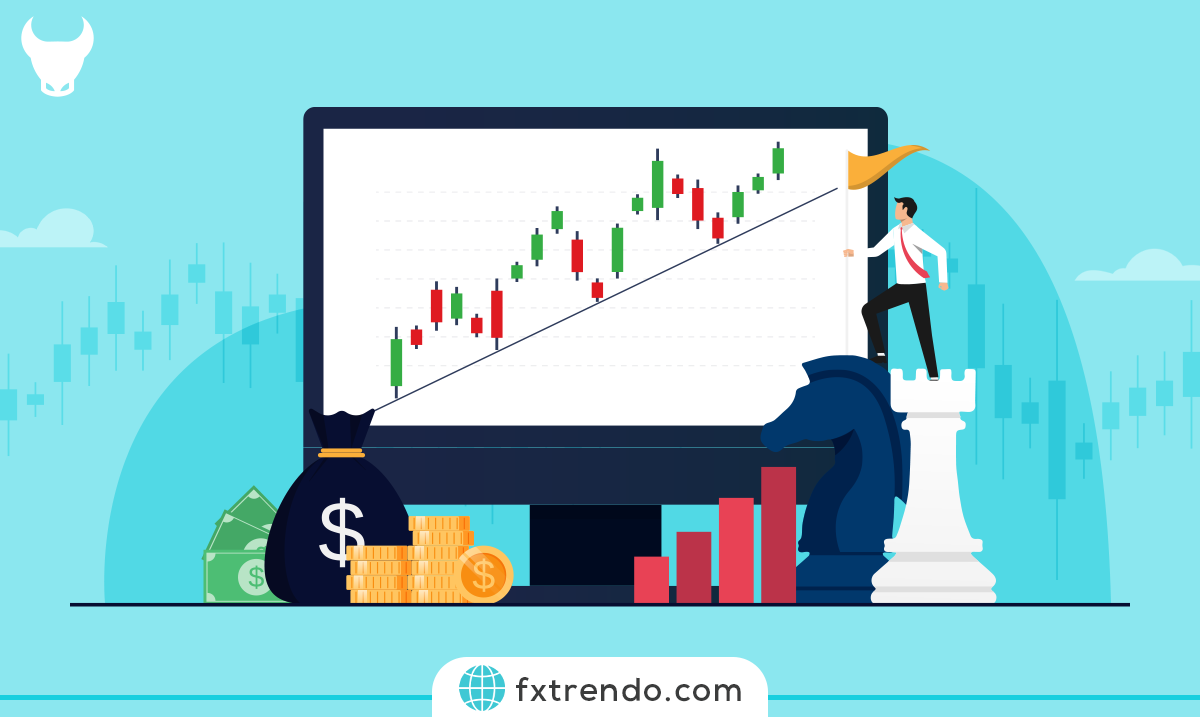
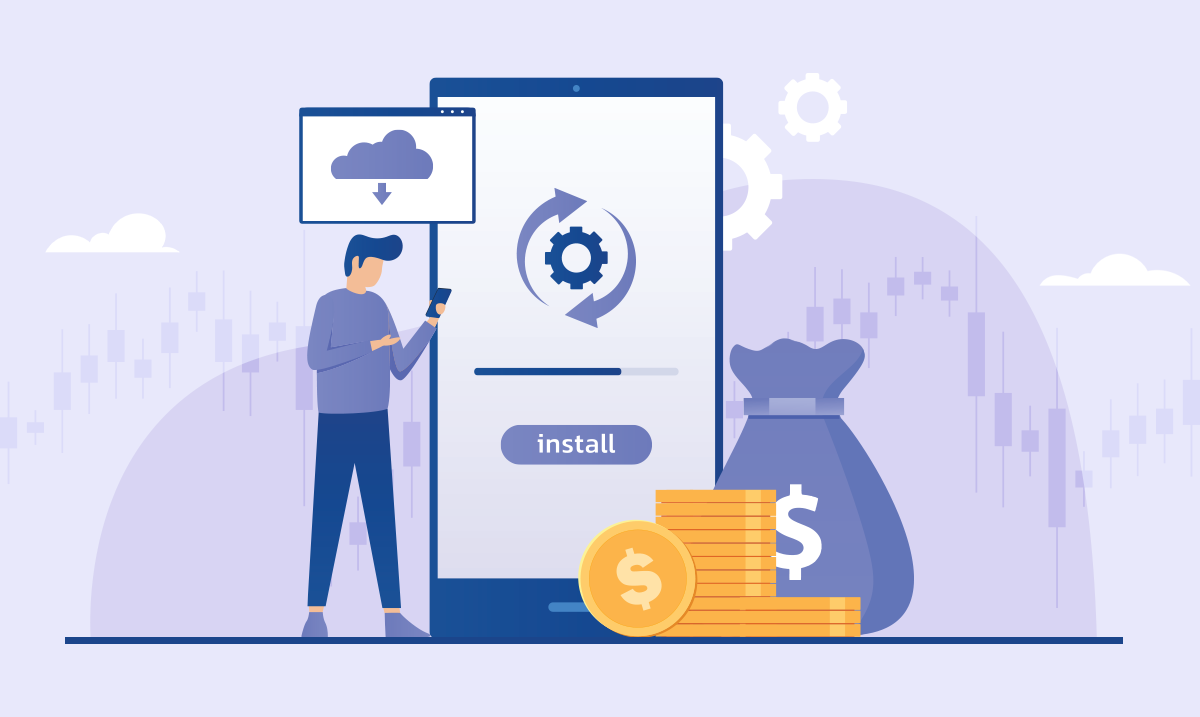


||CHR(98)||CHR(98),15)||')